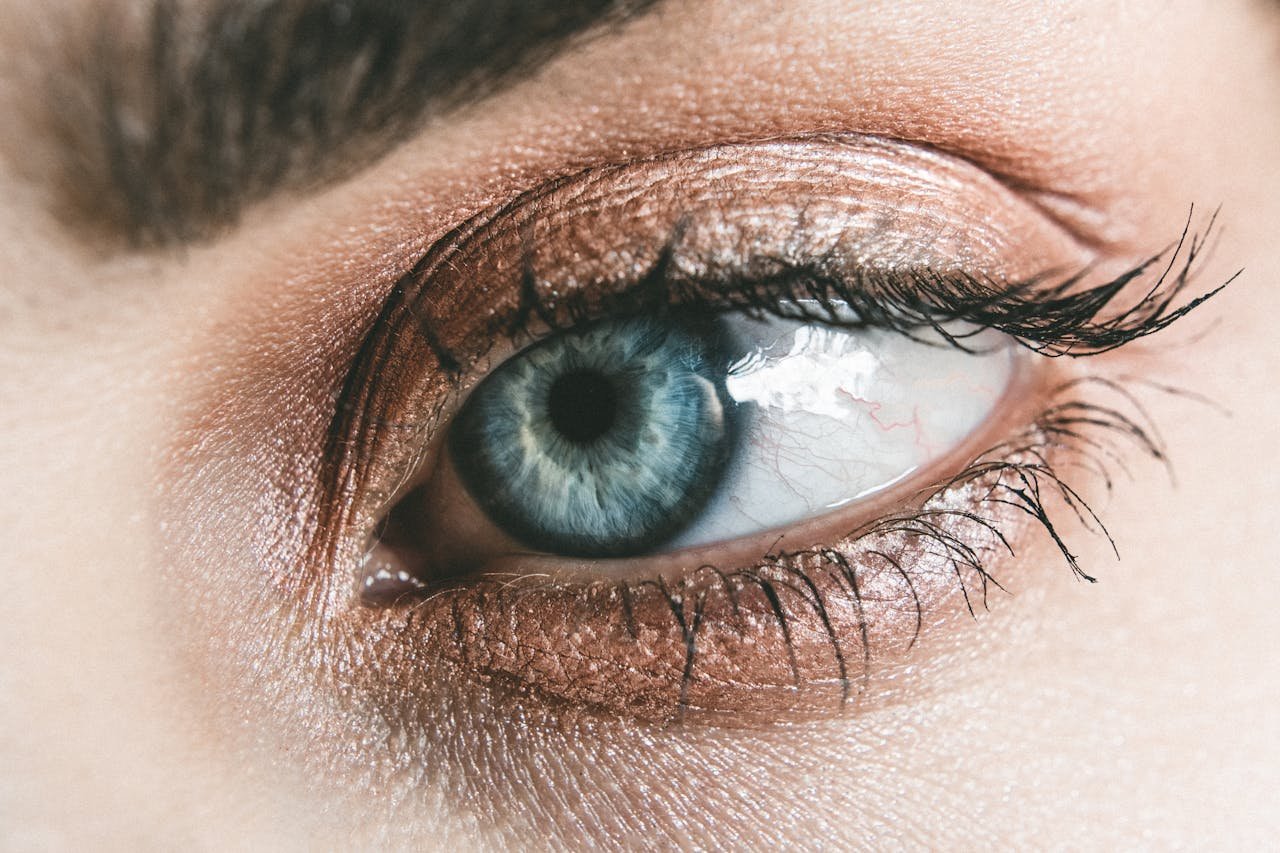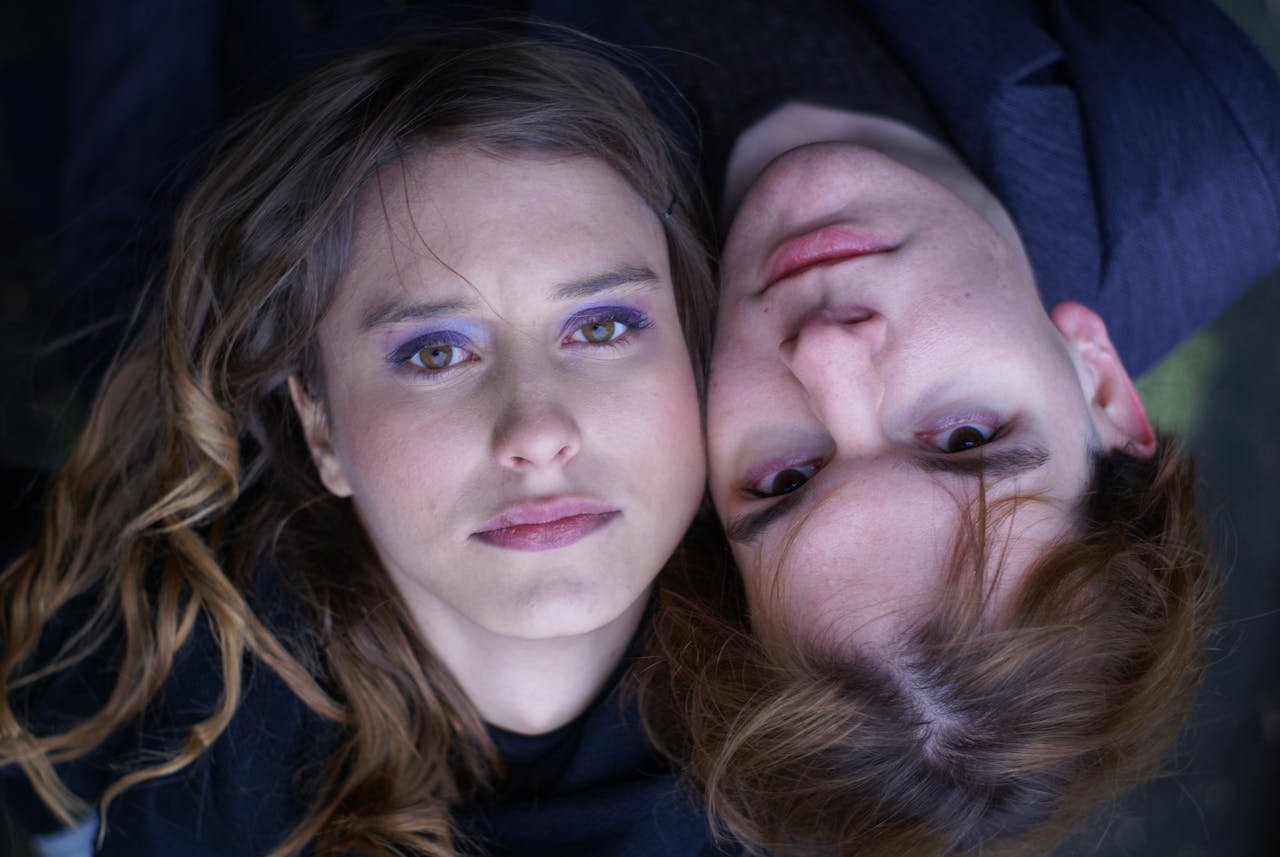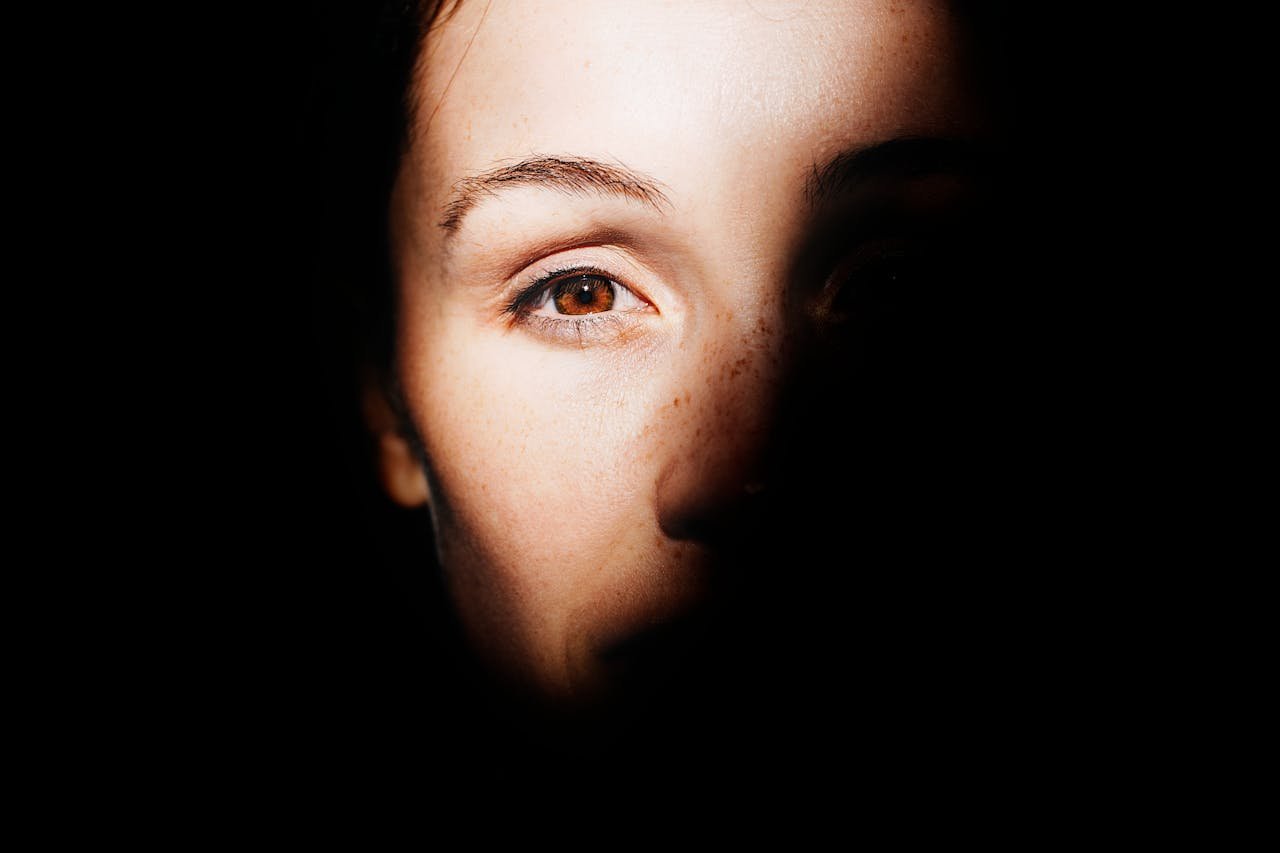Blepharoplasty is a cosmetic surgery that enhances the appearance of the eyelids by removing excess skin, fat, and sometimes muscle. The procedure can be performed on the upper eyelids, lower eyelids, or both, depending on the patient’s needs. Understanding the difference between upper and lower blepharoplasty can help you determine which procedure is right for you. Here’s a detailed explanation of each:
1. Upper Blepharoplasty
Purpose:
- Addressing Drooping Eyelids: Upper blepharoplasty is primarily performed to correct drooping or sagging upper eyelids. Over time, the skin above the eyes can lose its elasticity, leading to an overhang that can create a tired appearance or even obstruct vision.
- Enhancing Eye Appearance: By removing the excess skin and sometimes fat, upper blepharoplasty creates a more alert, open, and youthful appearance. It can also smooth out fine lines on the upper eyelid.
Procedure:
- Incisions: The surgeon makes an incision along the natural crease of the upper eyelid. This placement ensures that the scar is well-hidden within the crease once healed.
- Tissue Removal: Excess skin, and in some cases, muscle and fat, are carefully removed or repositioned to lift and tighten the upper eyelid.
- Closure: The incision is closed with fine sutures, which are typically removed within a week after surgery.
Ideal Candidates:
- Drooping Upper Eyelids: Individuals with sagging or drooping upper eyelids that create a heavy, tired appearance or interfere with vision.
- Excess Skin: Those who have excess skin that folds over the upper eyelid, particularly if it impacts their ability to see clearly.
Recovery:
- Quick Healing: Recovery from upper blepharoplasty is usually straightforward, with most swelling and bruising subsiding within a week or two. Patients often return to their normal activities within a few days, although full recovery can take a few weeks.
2. Lower Blepharoplasty
Purpose:
- Addressing Under-Eye Bags: Lower blepharoplasty focuses on the lower eyelids, specifically targeting puffiness, under-eye bags, and wrinkles. These issues are often caused by fat herniation or a loss of skin elasticity with age.
- Smoothing Under-Eye Area: The goal of lower blepharoplasty is to create a smoother, more youthful contour under the eyes by removing or repositioning fat and tightening the skin.
Procedure:
- Incisions: There are two common approaches:
- Subciliary (External): An incision is made just below the lower lash line. This method allows for the removal of excess skin and fat.
- Transconjunctival (Internal): The incision is made inside the lower eyelid, leaving no external scar. This method is typically used when only fat removal or repositioning is needed, without the need for skin removal.
- Tissue Adjustment: Depending on the patient’s needs, excess fat may be removed or repositioned, and any loose skin is tightened to smooth the under-eye area.
- Closure: Incisions are closed with fine sutures or may be left to heal naturally in the case of transconjunctival blepharoplasty.
Ideal Candidates:
- Under-Eye Bags: Individuals with prominent under-eye bags or puffiness that creates a tired or aged appearance.
- Wrinkles and Sagging: Those with wrinkles, sagging skin, or dark circles under the eyes who seek a smoother, more youthful look.
Recovery:
- Slightly Longer Healing: Recovery from lower blepharoplasty can take a bit longer than upper blepharoplasty due to the delicate nature of the lower eyelid area. Swelling and bruising may last a bit longer, but most patients resume normal activities within a week or two.
Upper Blepharoplasty focuses on improving the appearance of the upper eyelids, primarily addressing drooping skin that may cause a tired look or obstruct vision. It is ideal for those with sagging upper eyelids and excess skin.
Lower Blepharoplasty targets the lower eyelids, addressing under-eye bags, puffiness, and wrinkles. It is best suited for individuals who want to eliminate the tired, aged appearance caused by under-eye issues.
Both procedures can be performed separately or together, depending on the patient’s needs, to achieve a more youthful and refreshed appearance around the eyes.








